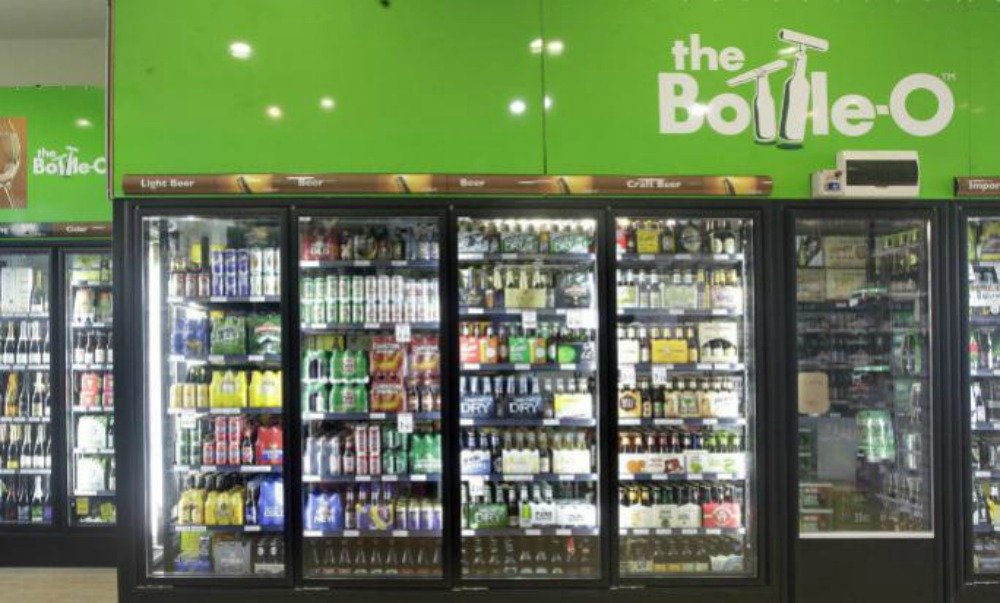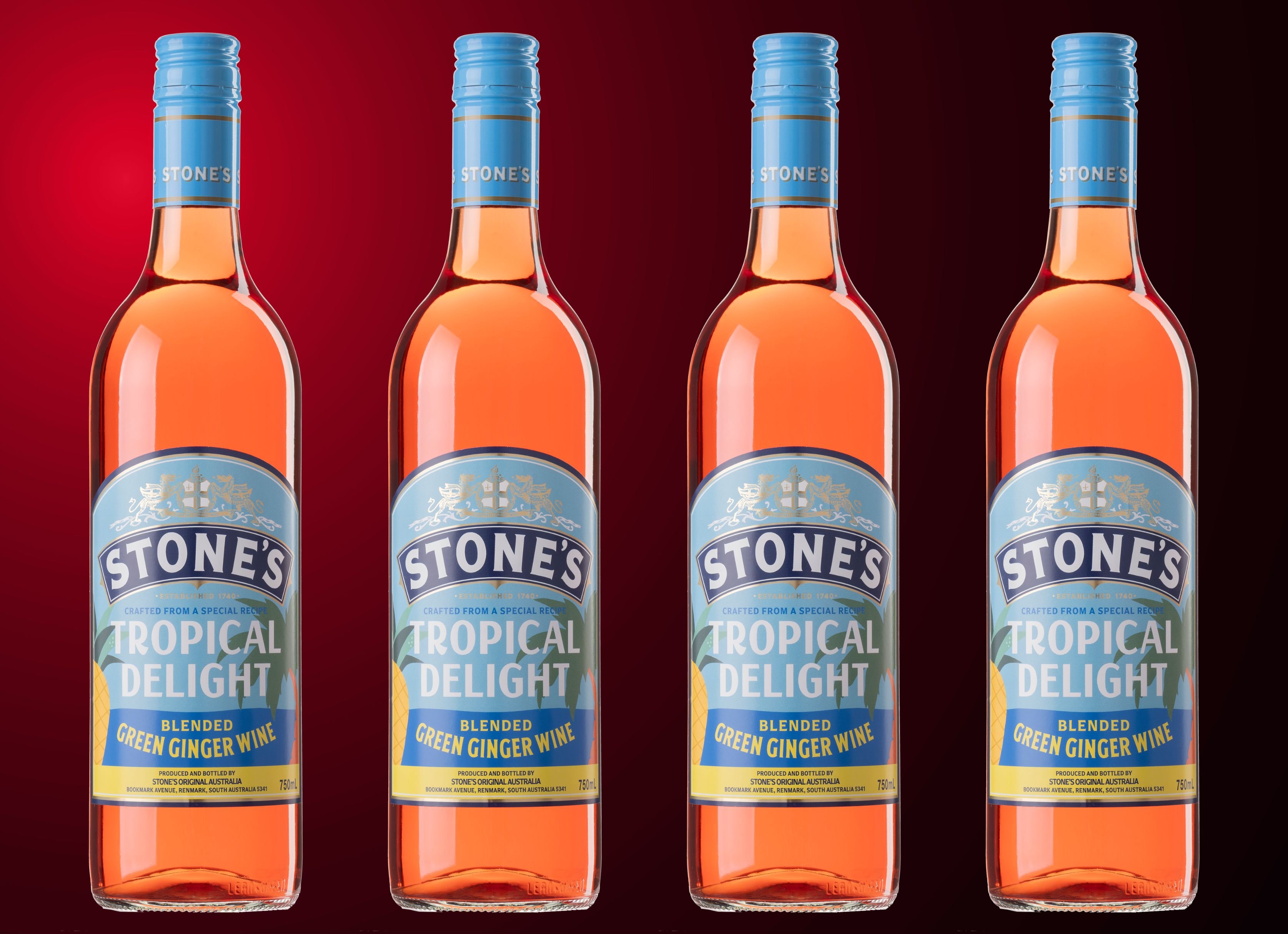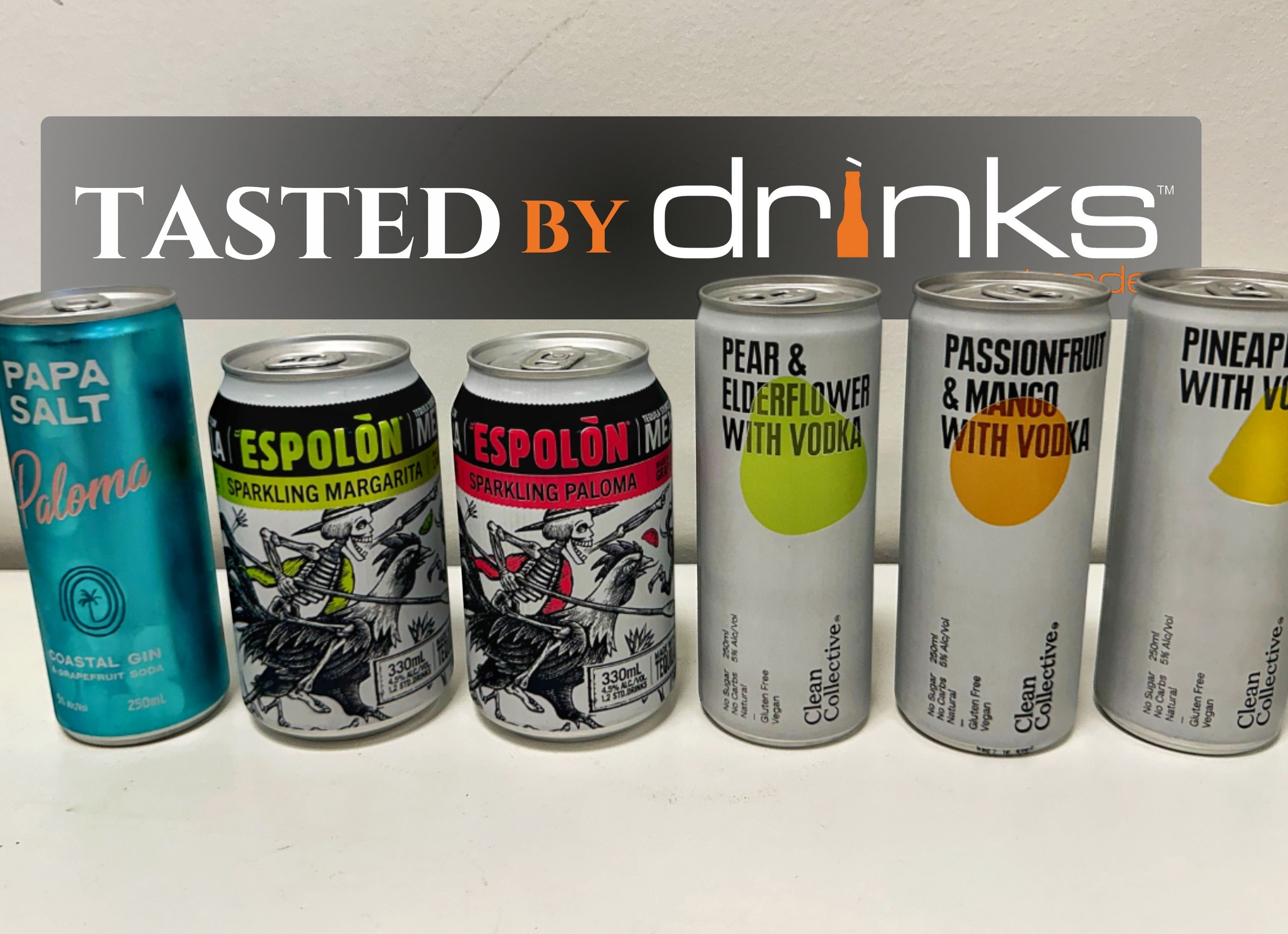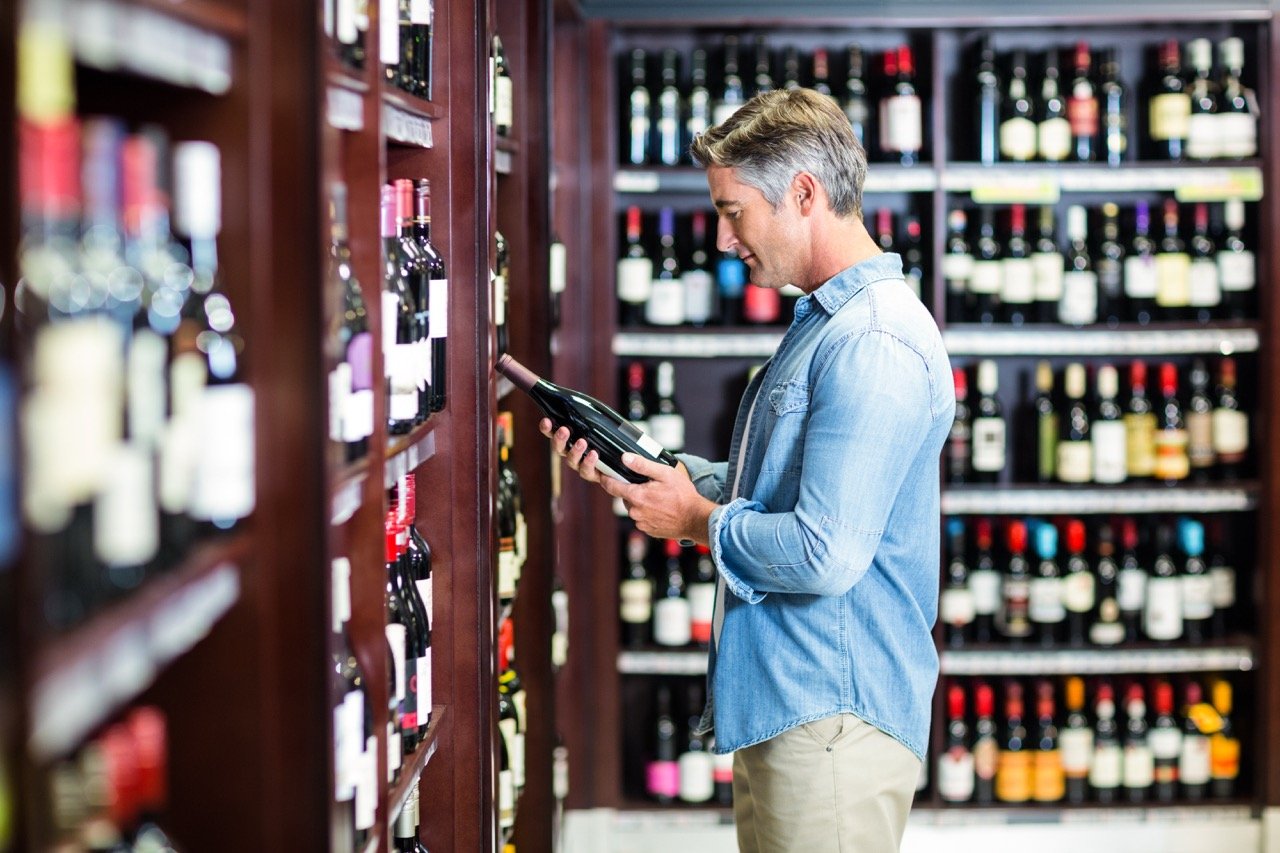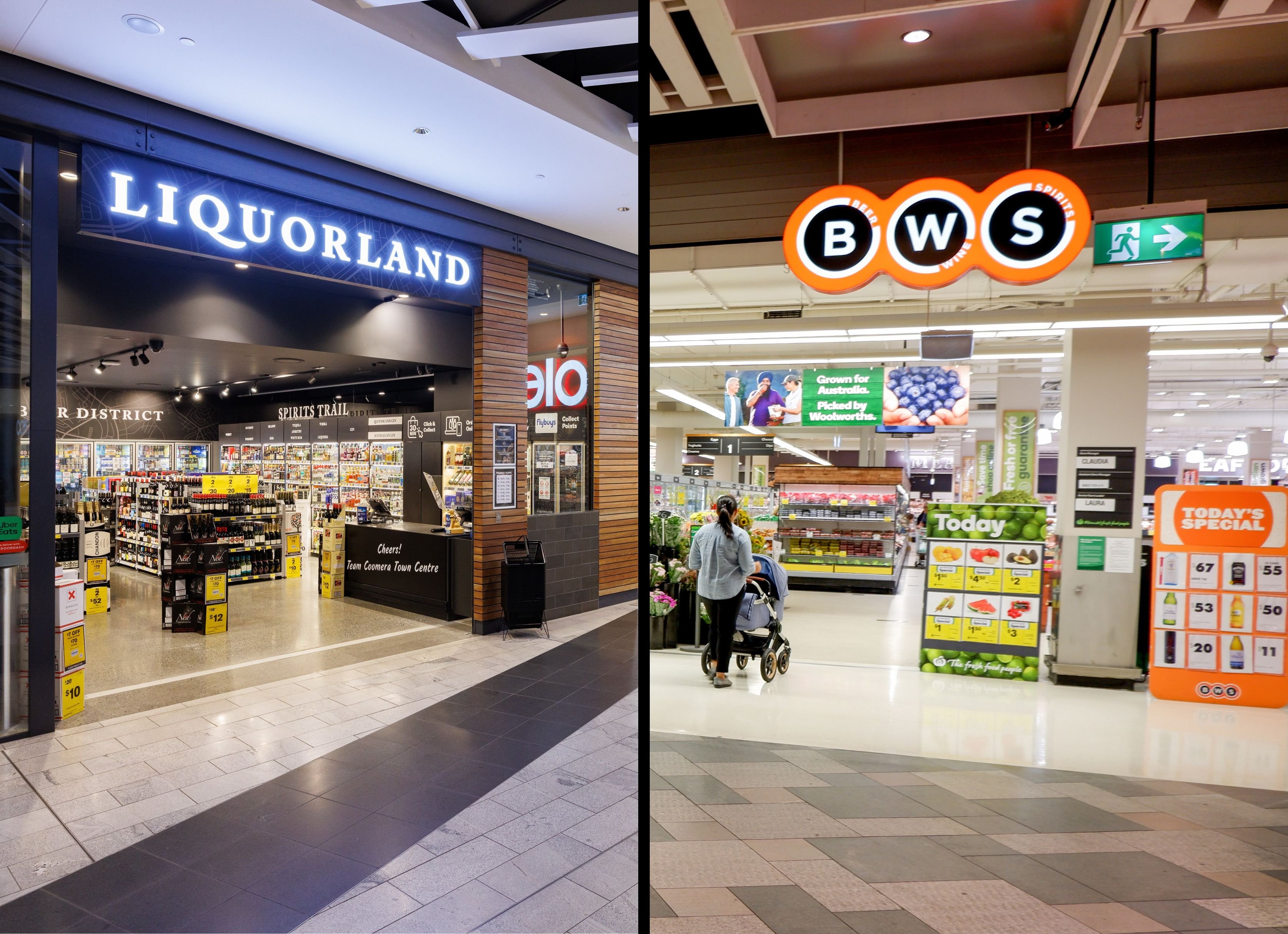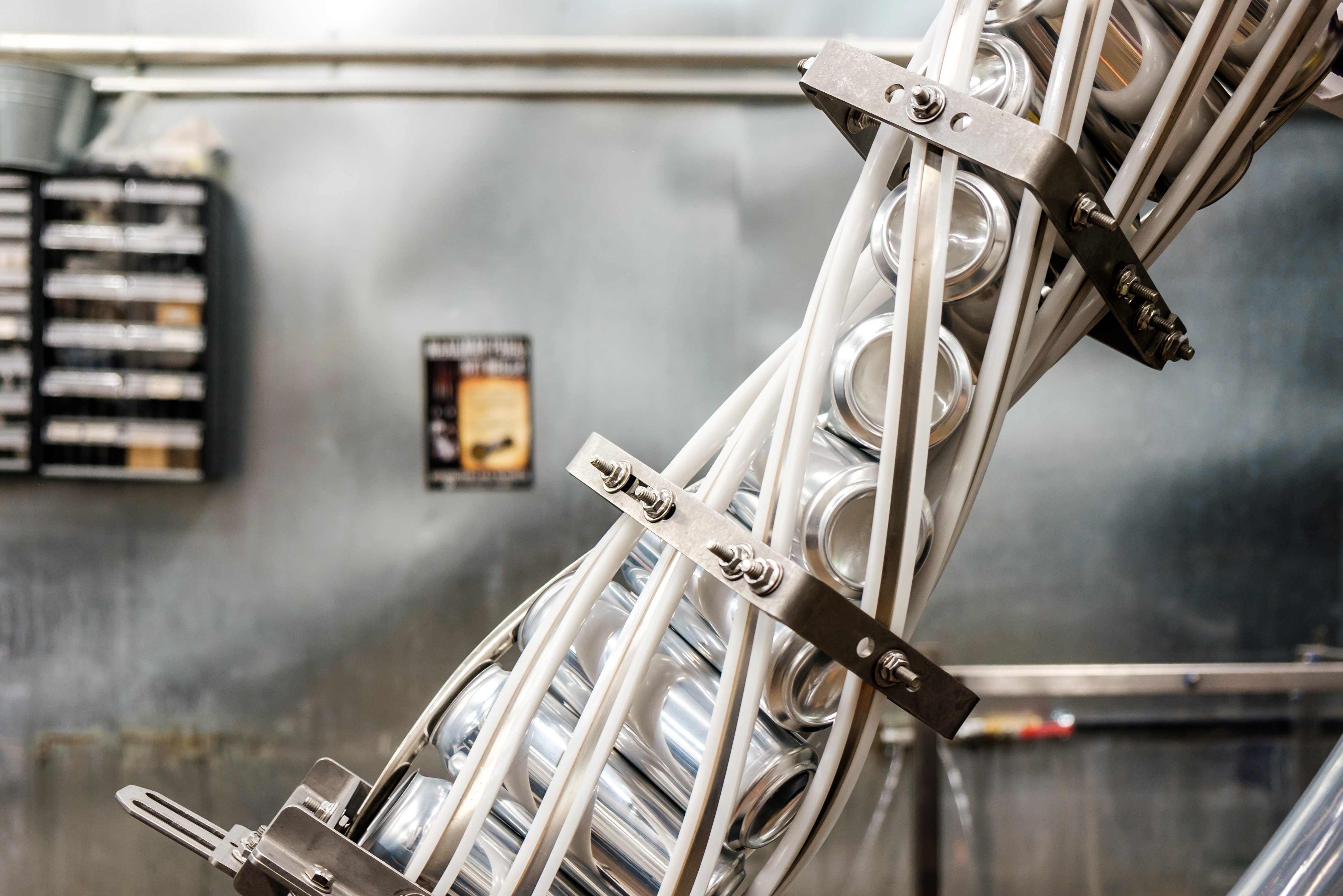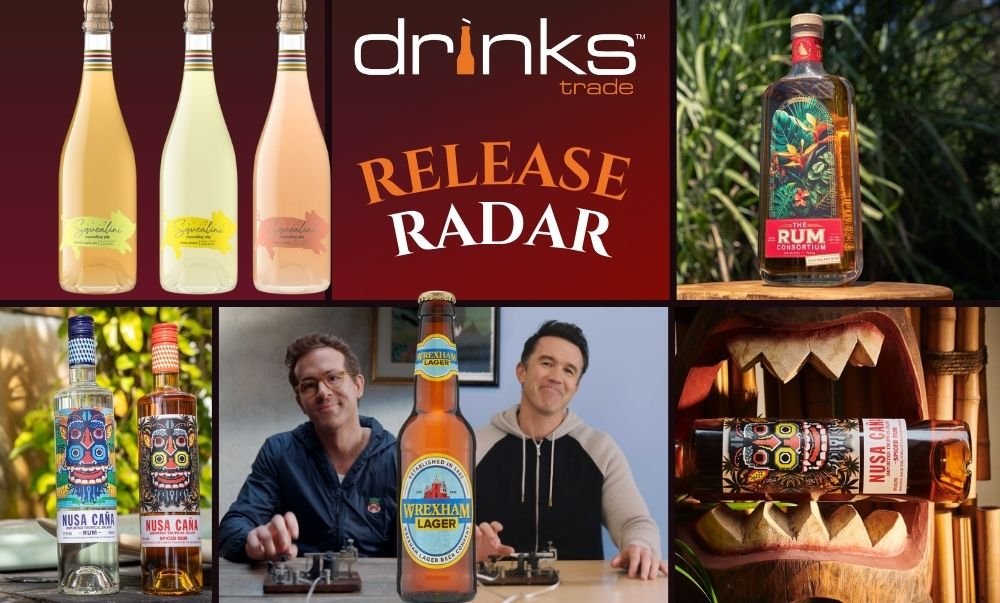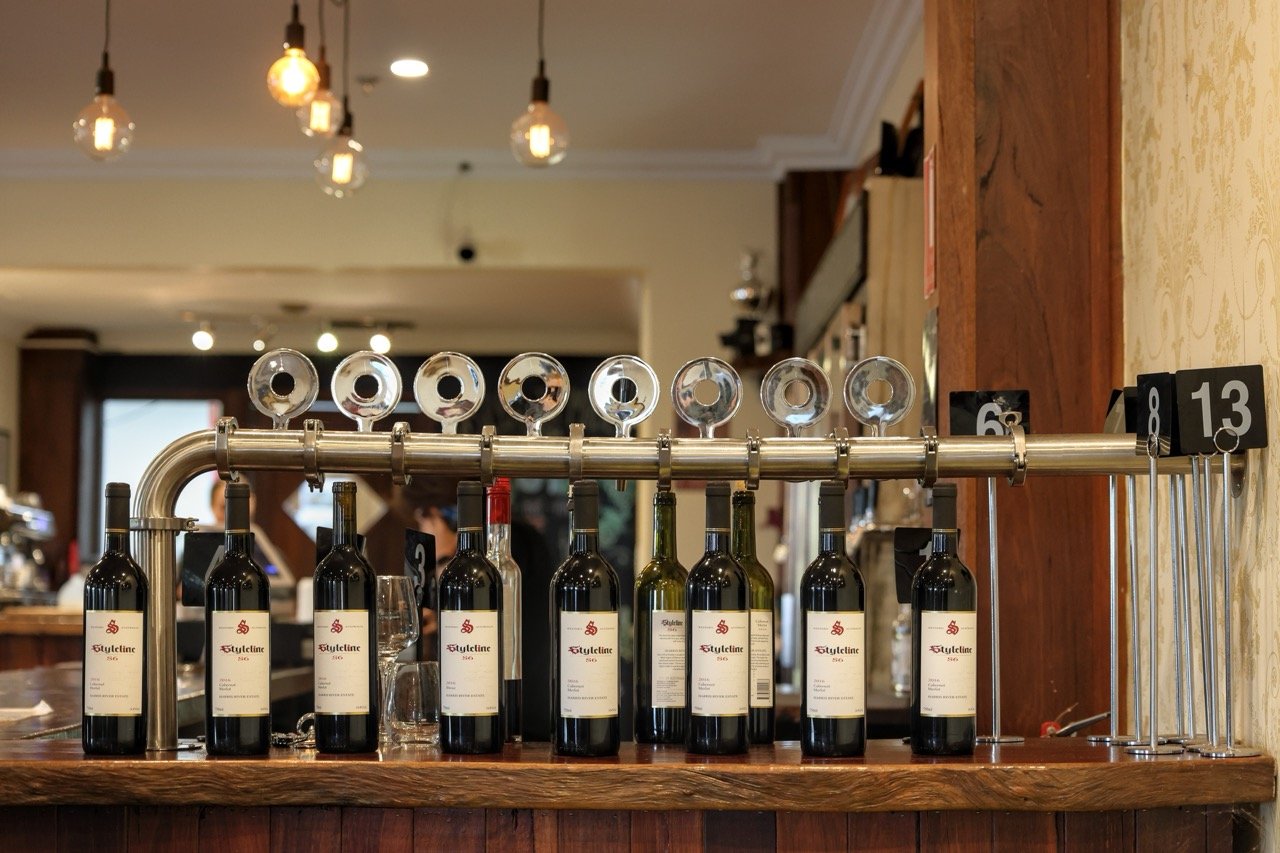New data from Morgan Stanley shows smaller-format bottle shops are outperforming "big-box" retailers such as Dan Murphy's.
Morgan Stanley's figures, drawn from the February results season, reveal only three of 22 big box retailers reported sales-per-square-metre growing faster than operational costs.
Morgan Stanley retail analyst Thomas Kierath said Australian big box retailing looks to be "slowly dying".
"We think that over the coming 12 to 18 months significant store closures are likely,” Kierath wrote in a research note to clients.
A new report from Deloitte Access Economics has echoed the warning.
Deloitte economist David Rumbens said the retail sector had been supported by households dipping into savings in order to spend.
While spending has grown at an average rate of 2.5% annually over the past five years, household disposable income has only risen by 1.9% a year.
“That difference is a fair chunk of change,” Rumbens said. “Many retailers have only survived the last few years because we have lived beyond our means.”
Smaller retailers better positioned to survive
"We think that consumers are shifting away from big box retail formats as they increasingly prefer convenience and experiences that are better cultivated in a small box environment," said Keirath.
The Morgan Stanley analysis used sales-per-square-metre for benchmarking growth, given the like-for-like sales
Sales growth per square metre (sqm) was lined up against retail's two biggest operating costs — rent and wages over the same six-month period.
"Soft sales-per-sqm growth for large box retailers will likely bite soon given 70-90% of operating costs inflate at between 2.5% [rent] and 3.5% [labour]," Kierath said.
"We think very few retailers are delivering sales-per-sqm growth ahead of in-built cost growth at the moment.
"Should retailers cut back on staffing, opening hours or marketing we think that this likely accelerates the slowdown in sales-per-sqm growth."
Three key factors needed for growth
Morgan Stanley named three key factors that retailers needed to focus on moving forward.
1. The convenience shift: consumers are becoming even more time-poor, so they prefer to shop at stores in convenient locations, rather than head to stand-alone destination-type stores.
2. Online sales: consumers who shift to online are purchasing less from big box format retailers. Morgan Stanley speculates that it may be because click-and-collect is popular and consumers prefer to do it at locations that are convenient.
3. Experience matters: smaller retailers tend to invest more in customer experience and presenting their goods in a more friendly way.
Woolworths prepares to reposition Dan Murphy's
Woolworths recently noted the difference in performance between its two key liquor chains, Dan Murphy's and BWS stores, at its first-half results presentation, saying "BWS performed much better than Dan Murphy's".
Brad Banducci, Woolworths Group CEO, said: "Steve Donohue [MD of Endeavour Drinks] has assumed the role of interim managing director of Dan Murphy’s and will continue to work with the team to position Dan Murphy’s for the next horizon of growth. We have a clear plan in place focused on localised ranging, building ‘discovery’ into all aspects of the customer experience and being digitally-led."
Banducci also revealed that Dan Murphy's was struggling to open new stores and that consumers were drinking slightly less, trading down and demanding more convenience.
According to Morgan Stanley's calculation BWS sales grew 4.6% over the half; made up of sales-per-sqm growth of 3.3% and store growth of 1.3%.
However, Dan Murphy's overall sales were up by just 0.8%, with sales per sqm declining 0.6%. Morgan Stanley also found foot traffic in Dan Murphy's may have fallen by up to 5% over the six months.
Online eating into the big box
Morgan Stanley said Coles and Woolworths investing in online sales was a form of corporate cannibalism.
"Further, we think online is taking a disproportionate bite out of the big box retailers," Kierath said.
Its report found Coles and Woolworths generated 26% of sales growth from online.
"Sales growth from existing stores ex-online is just 1.3% for the majors," it noted.
"Interestingly, [the] Nielsen [retail survey] indicates that [greater than] 50% of online sales growth is cannibalised from stores and a further [greater than] 40% from competitor stores, which points to low sales incrementality."
Share the content
